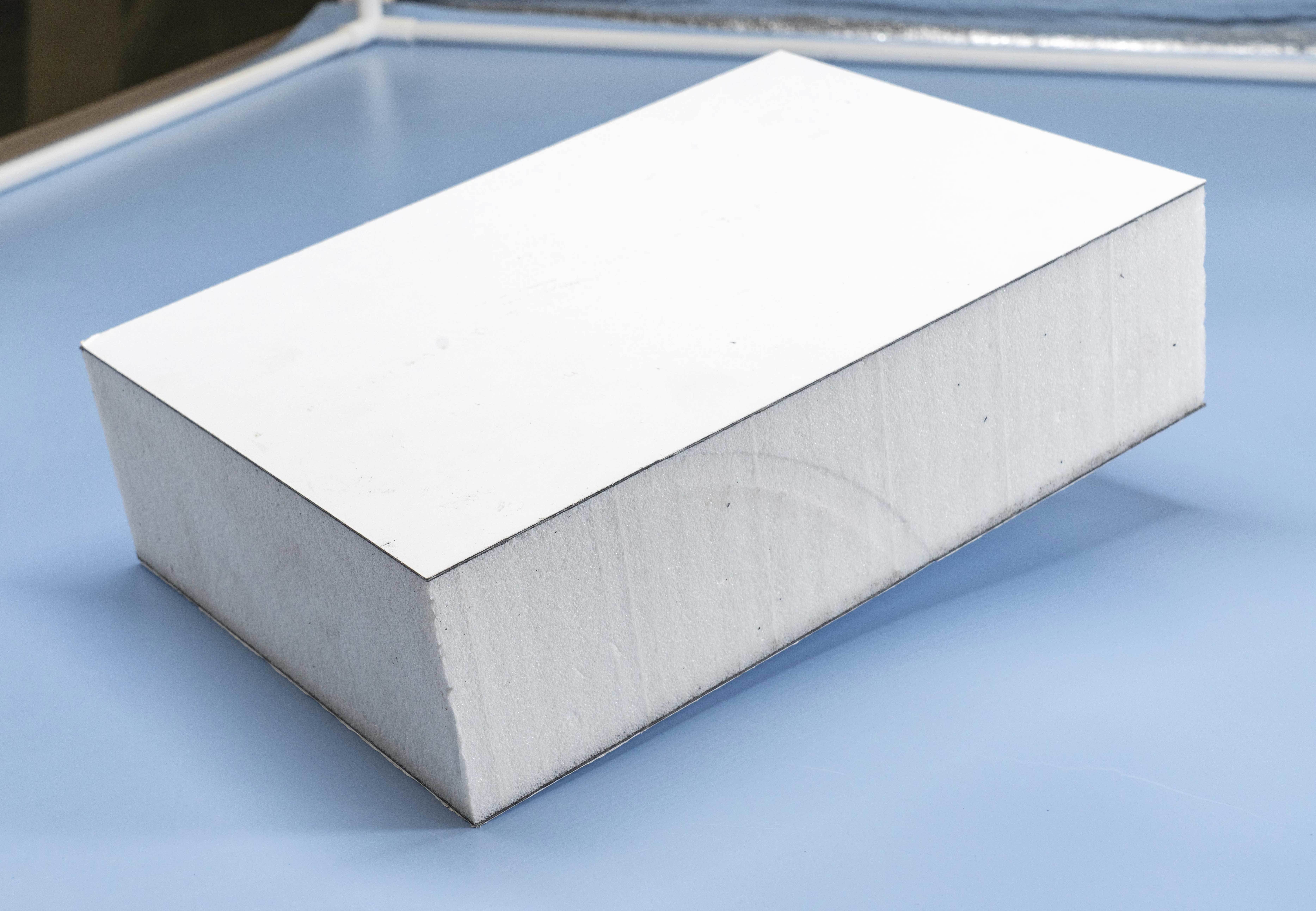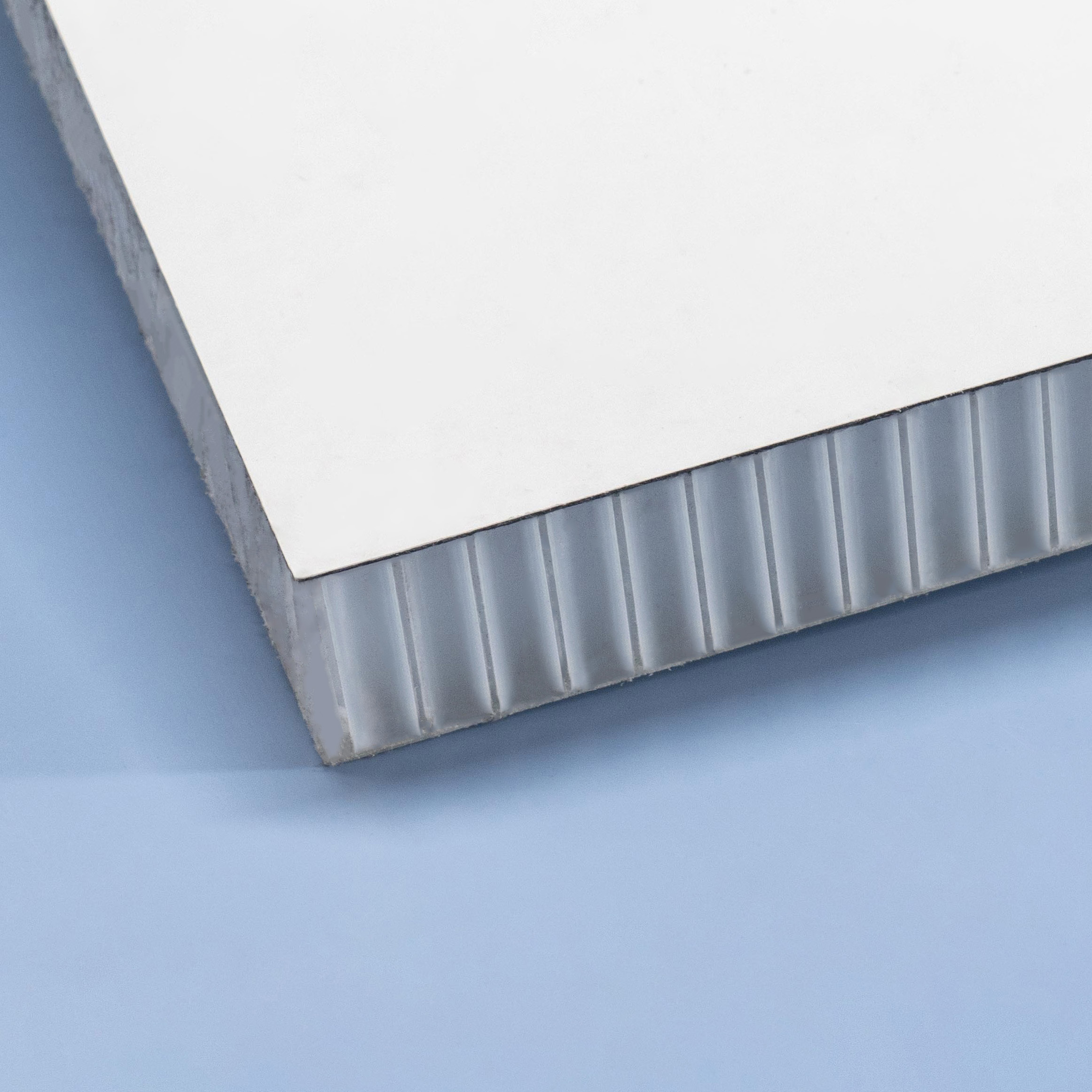Navigating the Waves of Change: The Rise of CFR Technology in Today's Industry
Release time:
2025-01-02
Author:
Chengzi Tainuo
Source:
Discover the latest trends and developments in CFR technology and its impact on various industries. Stay ahead of the curve with our in-depth analysis.
Navigating the Waves of Change: The Rise of CFR Technology in Today's Industry
In the fast-paced, ever-evolving landscape of modern industry, it's essential to stay updated on the latest trends. One such trend that’s making significant waves is CFR technology, which stands for Carbon Fiber Reinforced Technology. This innovation is transforming everything from automotive engineering to aerospace, and you won't want to miss out on what it means for the future of various sectors!

Understanding CFR: A Game Changer
So, what exactly is CFR? Well, to put it simply, it’s a composite material that combines carbon fibers with polymer resins. This powerful duo creates a lightweight yet incredibly strong material that’s perfect for applications where weight and strength are critical. Who wouldn’t want a super-strong yet feather-light product?
Why CFR is Making Headlines
Here’s the thing: industries are always on the lookout for ways to improve efficiency while cutting costs. Enter CFR technology, which offers not only enhanced performance but also reduced energy consumption. From the automotive sector's shift towards electric vehicles to the aerospace industry’s quest for fuel efficiency, CFR is becoming a go-to solution.
Moreover, as sustainability takes center stage in global discussions, the demand for CFR technology is soaring. Companies are keen to adopt materials that contribute to a greener planet, and CFR fits the bill nicely!

The Automotive Industry: A Perfect Match
Now, let’s dive a bit deeper. The automotive industry has been particularly receptive to CFR technology. Why? Because it allows manufacturers to produce lighter vehicles without compromising safety. Think about it: a lighter car means better fuel efficiency, which is a win-win for both the nvironment and consumers' wallets!
For instance, major car manufacturers are integrating CFR into their designs, leading to vehicles that are not only stylish but also practical. You can bet your bottom dollar that this trend is here to stay!
Aerospace: Where Every Gram Counts
Next up is the aerospace sector. In this industry, every gram matters; less weight translates to lower fuel consumption and increased payload capacity. CFR technology has become a staple in aircraft design, allowing manufacturers to create stronger, lighter components.
Take Boeing and Airbus, for example. These giants are increasingly incorporating CFR in their aircraft bodies and wings, ensuring they remain at the forefront of innovation. And guess what? Passengers benefit too, with more efficient flights and reduced ticket prices.
Challenges on the Horizon
But hold your horses! It’s not all sunshine and rainbows. The adoption of CFR technology does come with its own set of challenges. For one, the manufacturing process can be expensive, which might deter smaller companies from jumping on the bandwagon. Furthermore, the recycling of CFR materials poses another hurdle—sustainability isn’t just about using greener materials; it’s also about what happens to them at the end of their lifecycle.

Future Prospects: What Lies Ahead?
Looking to the future, the potential for CFR technology is immense. As research and development continue to advance, we can expect to see even more innovative applications across various sectors. Who knows? We might even see CFR in consumer products, from smartphones to sports equipment!
In conclusion, if you’re in any industry that relies on strength, durability, and lightweight materials, it might be time to consider CFR technology. It’s not just a passing fad; it’s a revolution that’s reshaping the way we think about materials and their applications.
So, there you have it! CFR technology is not just a buzzword—it's a beacon of progress in various industries. Keep your eyes peeled, because this trend will undoubtedly continue to evolve and influence the market.
Key words:
Recommended News



